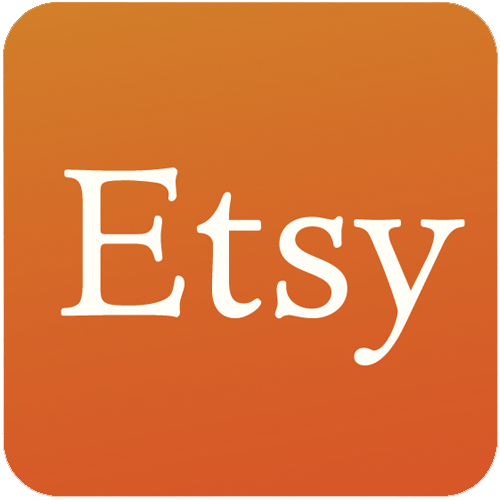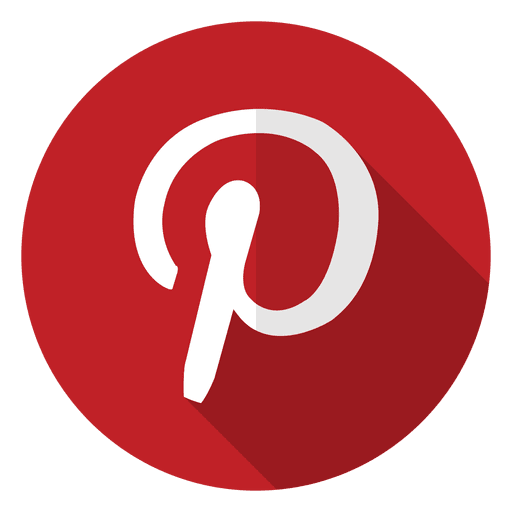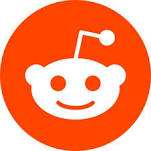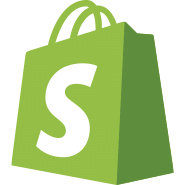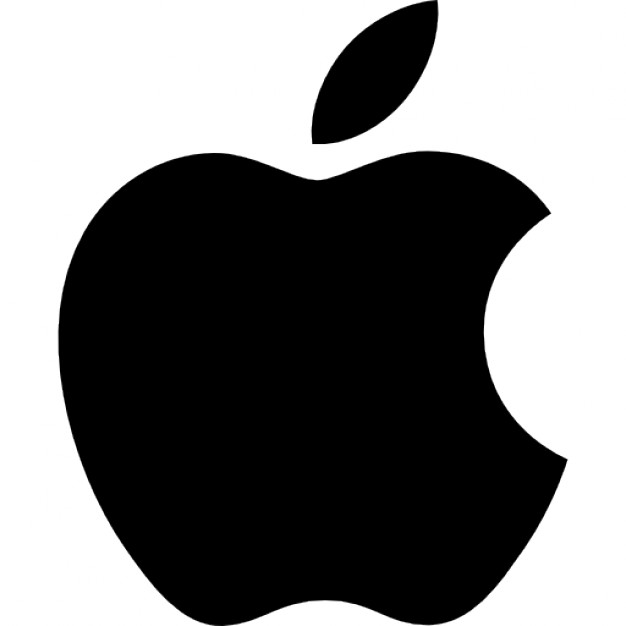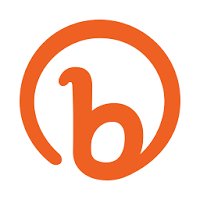How I Started A Side Project Out Of My Garage Selling Cork Maps
Hello! Who are you and what business did you start?
My name is Nick Fortosis and I am the founder of GEO 101 Design, a company that specializes in creating one of a kind cork maps with modern minimalist aesthetics. Our goal is to turn your love of travel into your own personalized home décor.
Founded in late 2017, I run the business by myself and manufacture everything in my garage workshop in West Michigan. We have been steadily growing and are currently doing roughly $2000 a month in sales through our website and our Etsy shop.

What's your backstory and how did you come up with the idea?
I am an engineer by day, but ever since I graduated college, I found myself looking for something to do in the evenings that didn’t involve sitting on the couch watching television or playing video games. I started exploring woodworking and soon found a way to combine it with my electronics background through CNC machining.
I purchased a CNC router kit and put it together in my basement. After I had it up and running I was left with the realization that I didn’t have anything in mind to make with it! I slowly found little projects to make and started to increase my creative skill sets. I began to think about what I could make to sell, but still didn’t have any ideas that seemed to fit.
Ever since I graduated college, I found myself looking for something to do in the evenings that didn’t involve sitting on the couch watching television or playing video games.
I made some marble hexagon coasters for my wife for our anniversary. While they didn’t use the CNC, they were simple to make and were trendy at the time. I decided to sell some on Etsy. I was pretty paralyzed with indecision and lack of confidence in creating a product with my CNC so I used this as an opportunity to dip my toe in the water with a low risk product (started with $200 in supplies and have bootstrapped everything after that).
It was slow for the first two months but then it took off (after adding professional photos). In the first nine months I ran that store (it was called Geometrikos Design), I had over $15k in sales. I put the shop on hold for the birth of my first child and started things up again a few months later, but by that time, people had caught on to how to make them and several competitors had popped up. It wasn’t completely detrimental to my business as I had a better product and a streamlined production process, but the newcomers were pricing theirs too low to compete with (a common problem on Etsy). While I was still profitable and making sales, I was ready to find something with a bigger moat and bigger profit margins, so I shut the shop down permanently.
As this was going on, I still found time to tinker with my CNC. Once my friends caught on to what my machine was capable of, the requests started pouring in. Many of them are avid travelers, and wanted something to show off their travels, so I started cutting maps for them out of plywood. They looked pretty good, but weren’t very functional (needed nails to attach pictures or souvenirs) or very unique. This is when I got the idea to try and cut one out of cork. Cork is more visually interesting than plywood, plus cork is sustainably harvested and eco-friendly.

Take us through the process of designing, prototyping, and manufacturing your first product.
I have a rather unorthodox method of designing a new product. I need to establish my constraints first. So I started with what my limitations were and worked backwards until I could configure a product to meet those restrictions.
Fail quickly. Don’t worry about setting up the perfect website and the perfect product on day one. And when you fail, figure out why and learn from it. Your chance of success should grow over time if you continually improve and recalibrate based on your mistakes and failures.
My biggest constraint was time. By then we were awaiting the birth of our second child and to maintain a work/life balance (since this is in addition to my day job), I started to give myself time constraints. I wanted to create a product and run my business using less than 4 hours a week. So the goal for me was to try and make as much money in as little time as possible. This is where the CNC shines.
While the coasters needed significant physical labor, for my maps I could program the CNC and have it run while I worked on something else, potentially doubling my output. I spent a lot of time optimizing my design so it would cut faster and with a better finish.
Then came the pricing. I didn’t even make a prototype before I ran the numbers and found a material and price point I felt would be profitable and competitive. I used the popular pricing formula of (material + labor costs) x2 for wholesale and x4 for retail. If the end number was too high, I would look for ways to either make it faster or find cheaper materials.
Describe the process of launching the business.
Towards the end of my marble coaster days, I simply added my first US cork map to my Etsy shop. It didn’t fit the shop theme, but I just needed to see if it could sell. Within 3 weeks I had my first sale. I only sold 1-2 maps a month that winter (late 2017 to early 2018), but as it started to increase in early spring, I began to look outside of Etsy where I could have more control of my product and audience.

In February of 2018 I bought a domain and started my website using Shopify. It was really slow at first. I was completely responsible for directing traffic to the site and I was not very good at it. My first design of the site looked cool to me, but it was not set up to convert well. I was almost going to give up on it, but I did a small redesign with a more straightforward style, and I started getting sales, mainly through my instagram account. Not many at first, but enough to prove that my product could sell.
On a whim I posted a picture of my maps on reddit. My daily website traffic that day exploded from 20ish visitors to over 1500! While many of the visitors were more curious than looking to buy, I really didn’t make any money off of the extra traffic, but it did open up some unique connections.
Shortly after my post, I was contacted by Touch of Modern, a popular men’s fashion/flash sale site. They wanted to feature my maps in an upcoming campaign. The catch was that I needed to have over 50 maps created and ready to ship before the sale started. I think I had only $1500 in my account at the time but I decided to go for it and spent $1200 on material to boost my inventory (I usually keep little or no inventory and make maps to order). The sale went live in June and I sold a grand total of 8 maps. At first I was pretty disappointed, but it ended up being a blessing in several ways.
First, was it forced me to streamline my process. I was able to iron out all of the kinks in production and found a few tricks that significantly reduced my cycle time. Second was it gave me a healthy inventory which came in handy a month later when a bike accident left me with a broken collar bone and five broken ribs. Instead of trying to make maps with one arm and on pain meds, all I had to do was slap a shipping label on the box and set it out for pickup. Without that inventory I would have had to shut down my shop for 2 months while I recovered.
Since launch, what has worked to attract and retain customers?
First and foremost, I believe professional photos are absolutely essential to getting people interested in a product. Without them most ads are going to be completely useless and social media accounts will be dead on arrival.
My instagram posts brought in a lot of initial business. I made sure to engage and like and comment on my followers posts and hashtags I followed. I found a lot of interest in National Park lovers and hikers, so I would find popular accounts and engage with the commenters on their posts.
Professional photos are absolutely essential to getting people interested in a product. Without them most ads are going to be completely useless and social media accounts will be dead on arrival.

I also started offering custom maps, since my CNC can basically cut any shape. I currently use an embedded Google form, but am working on a more streamlined approach.

I tried Facebook ads a few times, but even with doing research, my campaigns all fell flat. I got to the point where I had to admit that I am just not good at writing ad copy and am basically gambling with my ad money. I found Google Shopping ads much more successful and easy to use. No copy or creative content is necessary, just a product photo. I started using Shopping ads right before the 2018 holiday season and my orders exploded. I was getting an ROI of over 300%.

This last spring I tried out Instagram influencers with varied success. I had a few that I was able to turn a profit on, but it was pretty modest and the work to find and vet them was too time consuming, plus subsequent shoutouts from the same accounts produced diminishing returns.

How are you doing today and what does the future look like?
My goal has always been to double revenue year over year. We are on track to double our sales this year and get to $30k annual revenue, and hope to grow to 60k next year. While everything is great now, I worried that I would soon hit a wall where my mediocre marketing skills would hold me back.

I recently contracted a local marketing firm to help increase my sales. My budget is on the low side ($500 a month) but the hope is to ramp up slowly and take advantage of the holiday surge and position GEO 101 Design to continue its growth rate into 2020.
The biggest challenge I am facing now is designing a cork map of the world. I get custom order requests for it weekly, yet it has proved very difficult to design a map that matches the quality and detail of my other maps and still be reasonably priced. Just this week I think I had a breakthrough with a new material supplier and if it proves out, I hope to have something ready for production by mid-September, so stay tuned!
I am also trying to create products at different price points. My current maps are high quality and have prices to match. I want to be able to offer something cheaper that may be an easier impulse buy. I also get a lot of requests from companies looking for very large maps (8ft+ wide), so I hope to figure out the logistics and necessary tools to make and ship larger products as well.
In anticipation for the Holiday season and future growth, I have slowly been assembling a second CNC router. This will effectively double my capacity without adding any more to my weekly time allotment. According to my calculations, I should be able to scale to roughly $116k in annual sales before I need to seriously expand or modify my work schedule.
The last thing I am working on is getting my website to generate more revenue than my Etsy shop. Last year it was roughly 30/70, but now I am approaching 50/50. At this point Etsy is easy money so I won’t shut it down, but I stopped paying for ads and now push all new people to my website instead.
Through starting the business, have you learned anything particularly helpful or advantageous?
Running a business like mine is definitely a learning by doing exercise. The problems and obstacles I have faced, I never could have predicted. For example, the first year I had a large amount of maps that arrived at their destination broken or damaged.
I had to scramble and figure out how to pack them better. There really weren’t any resources I could find that had packaging tips or guidelines, so I basically had to keep adding padding and protection until the complaints stopped. Thankfully I finally figured it out and have had only 1 damaged map this year so far, but it took a lot of unforeseen work to get to this point. You will never be able to predict all of the problems you will face, you just have to get started and deal with them as they come.
It's also very important to price your product wisely, leaving plenty of margin to account for unquantified costs. You are going to have to deal with customer returns, raw material price increases, fraud, shipping rate hikes, electricity, gas, and dozens of other costs you never planned on. You don’t want any of these things to sink your business so you need to give yourself a cushion from the very beginning. I believe the formula I listed above is a good start, but each business is unique so do what works for you.
What platform/tools do you use for your business?
I have used Shopify ever since I began using my own domain. I have kept my toolset pretty minimalistic. To be honest, I think most of the third party Shopify apps are pretty overrated for businesses just starting out in ecommerce.
I have no doubt they can help optimize and increase conversion rates, but if you don’t have a solid product and good understanding of all of the built-in tools Shopify has, the extra plugins aren’t going to make up for it.
What have been the most influential books, podcasts, or other resources?
I’ll try and avoid the obvious ones that seem to get cited here over and over (for example, How I Built This)
I have always closely followed the maker movement, which has influenced a lot I do. The Making It podcast is a great resource on setting up a shop and getting started selling your product.
The Made for Profit podcast is even more focused on the business side of making, though they spend a lot of time talking content creation instead product creation.
A book that I really enjoyed but I haven’t seen mentioned here is called “Boss Life: Surviving My Own Small Business”. It is the journal of an owner of a small woodworking business and goes into great detail about the day to day challenges of running a small business.
Advice for other entrepreneurs who want to get started or are just starting out?
Fail quickly. Don’t worry about setting up the perfect website and the perfect product on day one. Focus on getting a minimum viable product to market as quickly as possible. And when you fail, figure out why and learn from it. Avoid just throwing stuff at the wall and seeing what sticks. Your chance of success should grow over time if you continually improve and re-calibrate based on your mistakes and failures.
This also goes for money. You don’t need a huge bankroll or enormous inventory to get started. Bootstrapping your business can be slow going, but the risk and stress you avoid is worth it and helps you grow sustainably. Plus it makes you think before you spend. Throwing money at problems rarely fixes them at this stage.
Where can we go to learn more?
- https://www.geo101design.com/
- https://www.instagram.com/geo101design/
- https://www.facebook.com/geo101design/
- info@geo101design.com
If you have any questions or comments, drop a comment below!

Download the report and join our email newsletter packed with business ideas and money-making opportunities, backed by real-life case studies.

Download the report and join our email newsletter packed with business ideas and money-making opportunities, backed by real-life case studies.

Download the report and join our email newsletter packed with business ideas and money-making opportunities, backed by real-life case studies.

Download the report and join our email newsletter packed with business ideas and money-making opportunities, backed by real-life case studies.

Download the report and join our email newsletter packed with business ideas and money-making opportunities, backed by real-life case studies.

Download the report and join our email newsletter packed with business ideas and money-making opportunities, backed by real-life case studies.

Download the report and join our email newsletter packed with business ideas and money-making opportunities, backed by real-life case studies.

Download the report and join our email newsletter packed with business ideas and money-making opportunities, backed by real-life case studies.

